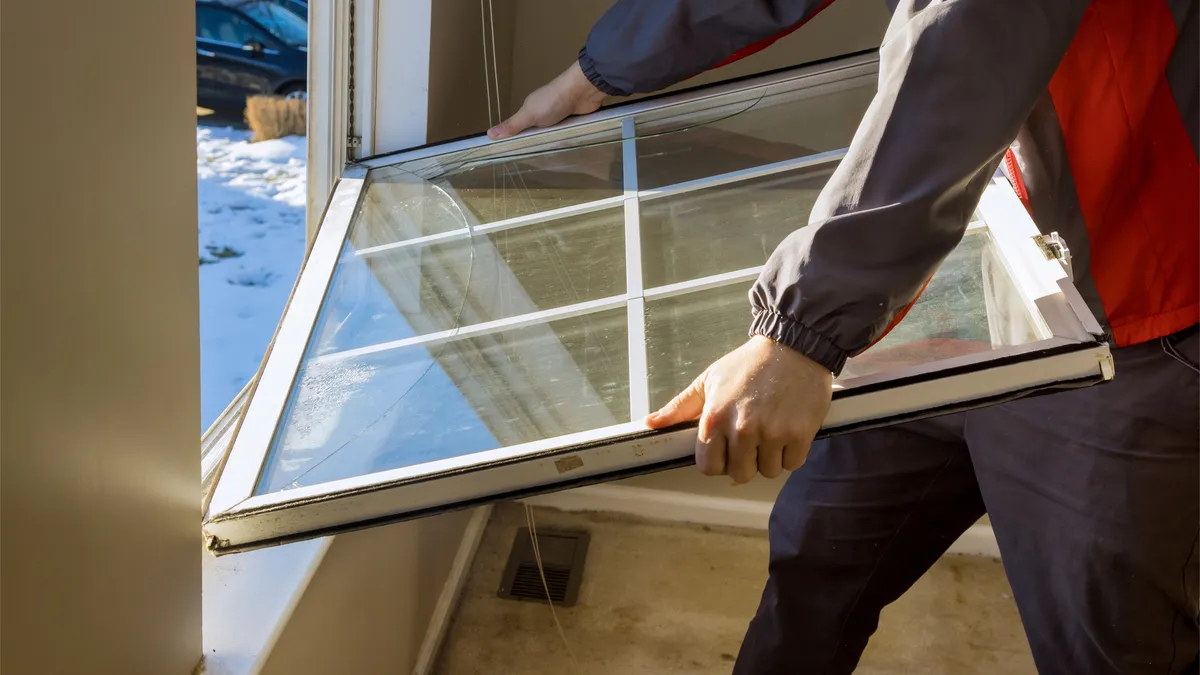The International Energy Agency says limiting global warming to 1.5 degrees Celsius above preindustrial levels will require worldwide annual energy efficiency improvements to double, from 2% in 2022 to more than 4% annually between now and 2030. In the United States, three policies could generate more than a third of the needed energy savings, say experts at the American Council for an Energy-Efficient Economy.
“Across every sector of the economy ... we need to make progress to reach that doubling goal,” Mark Kresowik, ACEEE senior policy director, said in a Thursday webinar.
ACEEE concluded in a 2019 study that energy efficiency can cut U.S. greenhouse gas emissions and energy use by about 50% by 2050, relative to 2005 levels and 2050 projected energy use, “getting us halfway to our national climate goals.” And the United States did post a 4% reduction in energy intensity last year, though Kresowik said it was mostly due to milder weather.
“Nevertheless, we've demonstrated that we can achieve the levels of improvement in energy intensity necessary to reach the [savings] goal,” he said. And three policies in particular can make the most impact going forward.
Energy intensity is the quantity of energy required per unit of output or activity.
“The vehicle greenhouse gas emission standards that the Environmental Protection Agency is currently considering, and vehicle energy efficiency standards, are the single biggest policy that will do the most,” he said.
The EPA is considering finalizing proposed standards both for cars and light duty trucks and SUVs, as well as for medium- and heavy-duty vehicles. “The biggest policy opportunity currently facing the United States ... is getting those standards across the finish line,” Kresowik said.
Vehicle standards could make up about 17% of the necessary energy savings, according to ACEEE. The percentages represent projected savings in 2050 from policies that evolve through that time, but officials said the relative magnitudes for near-term actions should be similar.
The rules are expected to be finalized this month, though the Biden administration has signalled it may delay implementation.
The second biggest opportunity is in appliance energy efficiency standards, Kresowik said, which he indicated could make up about 11% of needed savings.
DOE “has been working through dozens of appliance standards across different product sectors and is racing to finalize those standards, which save money at very little cost,” Kresowik said.
The agency on Thursday finalized standards for residential clothes washers and dryers, which DOE estimates will save U.S. households $2.2 billion annually on their utility bills.
“The third policy opportunities this year are building energy codes,” Kresowik said. Four federal agencies — the Department of Housing and Urban Development, Department of Agriculture, Veterans Affairs and the Federal Housing Finance Agency, through its oversight of Fannie Mae and Freddie Mac — “collectively back about three quarters of all mortgages originated in the United States,” he said. Those agencies are taking on risk as the “extreme weather that’s exacerbated by climate change threatens to destroy homes.”
Updated commercial and residential building codes could drive 9% of the needed savings, according to ACEEE.
The policy opportunity is for the federal agencies “to ensure that every new home that they're backing is prepared for these extreme weather events and that it's doing its part to improve energy efficiency so people [can be] healthy, comfortable and safe inside their home for longer,” Kresowik said.
HUD and USDA have proposed applying the 2021 International Energy Conservation Code to single family and multifamily new construction, and for larger multifamily construction to meet the 2019 American Society of Heating, Refrigerating and Air-Conditioning Engineers Standard 90.1 codes. And FHFA has asked Fannie Mae and Freddie Mac to consider the same approach, said Kresowik.
A final rule began White House Office of Information and Regulatory Affairs review on Jan. 22 and a final decision could come any day.
“This is one of the biggest opportunities for policy progress toward doubling energy efficiency in the United States today,” Kresowik said.















